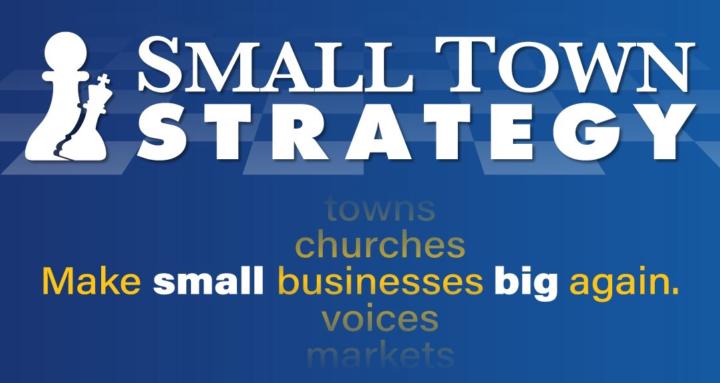Jul 17 • Book Reviews
Book Review: Company of One by Paul Jarvis
Company of One challenges the idea that growth is always good. Paul Jarvis argues that staying small, focused, and independent can be the smartest move for many businesses. The book is about building a business that works for the owner, not the other way around.
Main Arguments and Structure:
Jarvis opens with the question: “What if the key to a more fulfilling business is not to grow, but to stay small?” He explains that most business advice pushes for constant expansion, more employees, and bigger goals. Company of One flips that script.
The book is structured around the benefits of staying small: more flexibility, less stress, and greater control. Jarvis shares stories of business owners who have chosen to stay lean, avoid unnecessary overhead, and focus on serving a small group of loyal customers.
He covers topics like defining success for yourself, building systems that don’t require a big team, and saying “no” to growth that doesn’t align with your values or lifestyle.
Key Lessons for Small Town Organizations:
- Growth isn’t always the goal.A business can be successful without getting bigger. The real question is whether it supports the owner’s goals and community.
- Focus on what matters.Serving a small, loyal group of customers can be more sustainable (and more rewarding) than chasing every opportunity.
- Systems over scale. Build simple processes that make work easier, not more complicated. Even a solo business benefits from clear routines.
- Question every “next step.”Just because others are hiring, expanding, or adding services doesn’t mean it’s right for you. Growth for its own sake can bring headaches, not happiness.
- Define success on your own terms.Success can mean more time, less stress, or deeper relationships with customers, not just higher revenue.
Small Town Application:
Company of One’s lessons fit small towns perfectly. Many local businesses thrive by staying intentionally small and personal. Owners who know their customers, keep overhead low, and avoid chasing every trend often have more freedom and better reputations.
The book’s focus on sustainability, systems, and personal definition of success matches the realities of small town life, where relationships and reliability matter as much as growth.
Bottom Line:
Company of One is a practical guide for anyone who wants to build a business that lasts, without losing control or burning out. It’s a reminder that “bigger” isn’t always “better”—sometimes, small is exactly right.
Discussion Prompt:
What does success look like for your business?
Is there a place where staying small has made things better, not worse?
0
0 comments

skool.com/small-town-strategy
Branding, marketing, and growth strategies for small town organizations. Get real results with what works locally, no fluff.
Powered by


